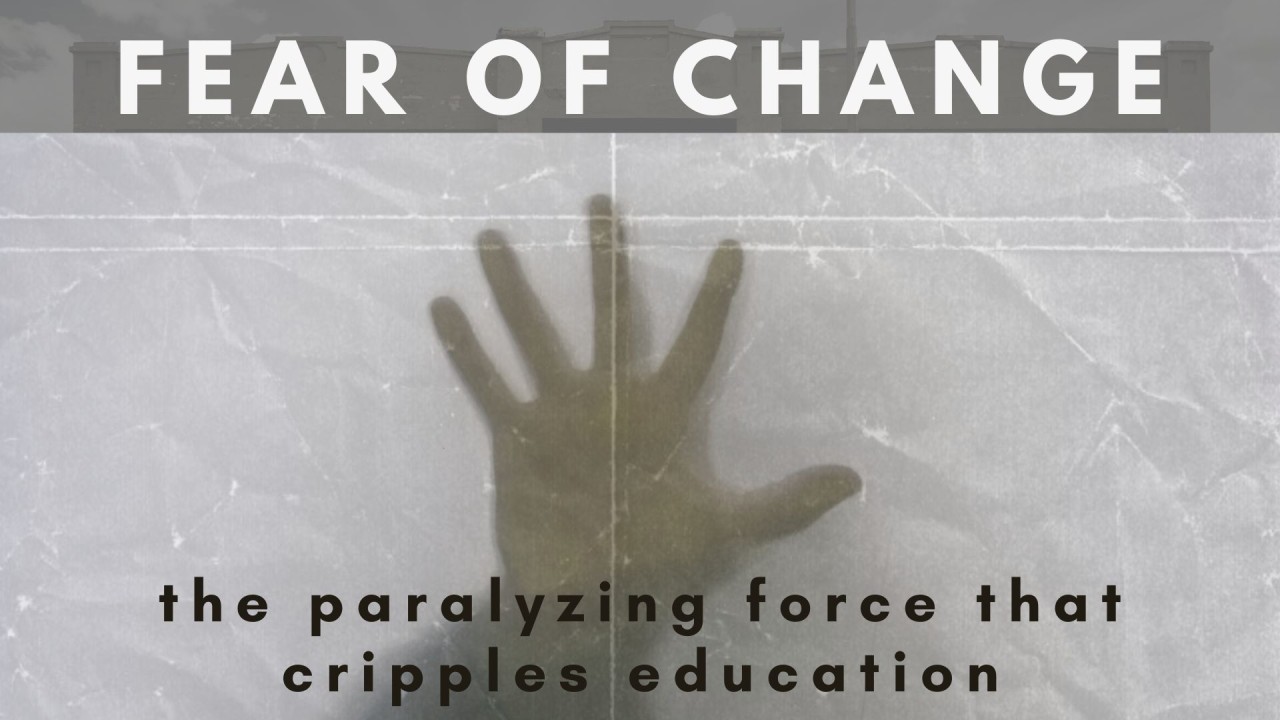Following the scary themes of October, one of the most frightening issues at the moment in education is the trend of numerous schools shutting their doors to online learning. It seems that after the pandemic burnout, schools are working very hard to bring education back into the classroom and put virtual learning back on a shelf reserved for emergencies.
This would be a great strategy if the virtual workspace had stopped after the pandemic, but as I write this, the virtual world is doing well and thriving. In the same way we could not have imagined many of the technological advancements we are witnessing; I cannot imagine the future of our students without virtual meetings or global connections.
As the professional landscape continues to evolve creating an advent of new possibilities, virtual communication, and global understanding become key skills our students will need to master in order to be college and career-ready.
Why then, are many schools hesitant to offer students virtual educational opportunities?
One of the issues is the crisis mode in which virtual education was introduced to the masses. What we did during the pandemic was a survival strategy; every educator was living in uncertain times, learning how to use tools that many had never experienced, and at the same time figuring out how to reach their students who were also learning and surviving a pandemic.

As those hectic virtual experiences of the beginning of the decade blend into the background, we need to recognize that many of the practices and strategies used then do not paint a real picture of what virtual education is and can do.
We need to take a new look and realize the opportunities virtual education can add to the in-person experience. A report by The World Economic Forum (2023), shows that “In 2023, labour-market transformations driven by technological breakthroughs, such as the coming of age of generative artificial intelligence (AI), are being compounded by economic and geopolitical disruptions and growing social and environmental pressures” (p. 4). Many of the jobs that exist nowadays, were not even in the dictionary at the beginning of the millennium, and arrival of new technologies continues to change the professional landscape.
One of the big hurdles to be overcome has to do with communication. Since there is access to global jobs and opportunities, students need to be prepared to communicate and collaborate with peers and colleagues who are virtually all over the world.
It is undeniable that our students are digital natives; their ability to understand and manipulate technologies is remarkable. Where many are lacking is in social and human skills and these are increasingly relevant when our counterparts can be anywhere in the world. As educators of these digital natives, it is our responsibility to prepare students to face the social protocols and expectations of the virtual world.
One efficient way to accomplish this task is by reintroducing virtual education. This time not as the survival mismatch of virtual activities we were forced into, but as a robust combination of curriculum, methods and practices that can peer up with in-classroom education to offer students learning possibilities that were never before possible.
An example of this is Lenguas Club, a language learning company that uses technology to make language learning an immersive experience. Lenguas Club connects native speakers with students so they get to experience the culture without leaving the classroom. This program really brings something innovative into the learning experience. Students get to converse with native speakers since day one, and teachers in the classroom team up with colleagues from Latin America who are invested in their students’ learning.
It is exciting to collaborate with Spanish teachers in other countries, my students are having actual conversations with students in Colombia, and I am learning more about education and using my Spanish all the time.
Mandy Black, Spanish teacher, Chenango Forks, NY
The prospect of these transcontinental collaborations has tremendous implications for language education. Allowing students to use the language to converse with actual people in those cultures, to learn the language, and to develop human connections without traveling, is something that was not possible before. What better way to build communicative skills and global understanding than by using the language in real contexts and naturally developing communicative skills?
It is not about deciding whether in-person or virtual education is better, it is about exploring the realm of opportunities that are available to our students through virtual collaborations, and the implications of ignoring them.
Sources:
World Economic Forum. (2023). The future of jobs report 2023.
